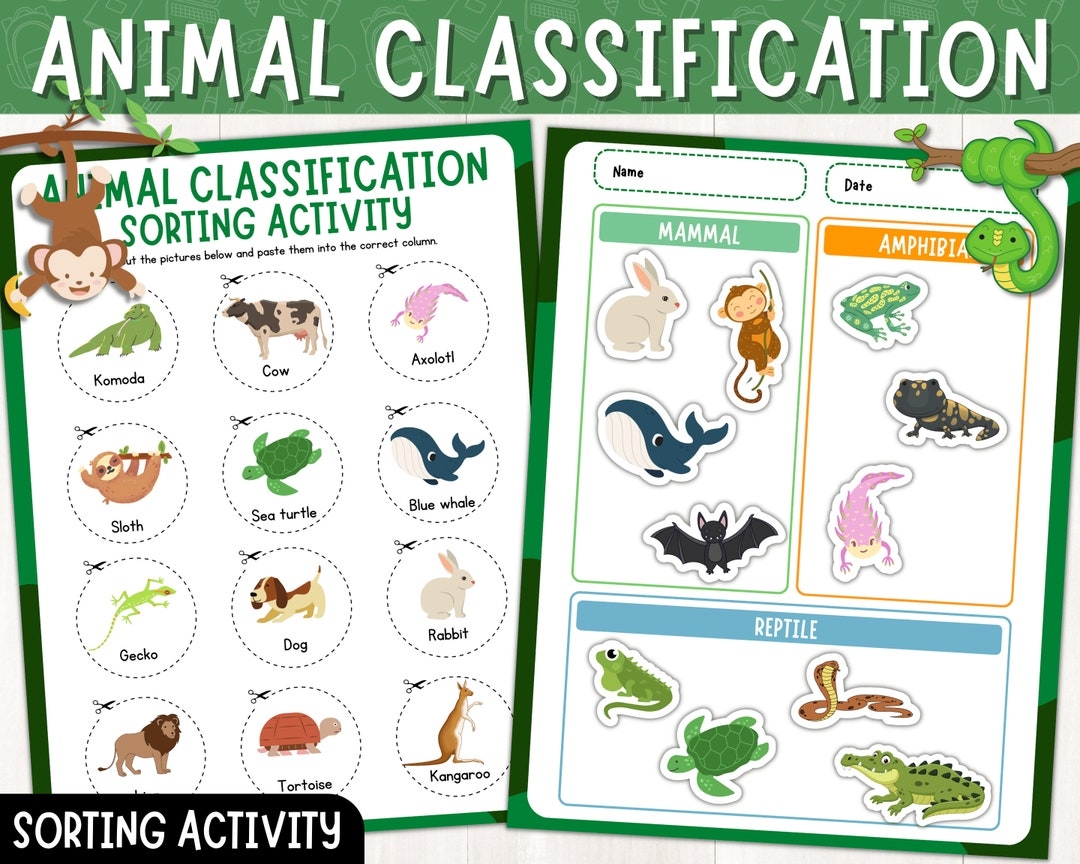Animals come in all shapes and sizes, from tiny insects to massive whales. Size plays a crucial role in an animal’s survival, determining their place in the food chain and their ability to navigate their environment. Let’s explore some of the different classifications of animals based on their size.
1. Microscopic: Some animals are so small that they are only visible under a microscope. These include organisms like bacteria, protozoa, and microscopic insects. Despite their tiny size, these creatures play a vital role in ecosystems, breaking down organic matter and serving as food for larger animals.
2. Small: Small animals include species like mice, birds, and frogs. While they may not be as tiny as microscopic organisms, they are still relatively small compared to larger animals like elephants or whales. Small animals often have adaptations that allow them to thrive in their environments, such as camouflage or agility.
3. Medium: Medium-sized animals encompass a wide range of species, from foxes and deer to sharks and dolphins. These animals strike a balance between size and agility, allowing them to navigate their habitats effectively. Many medium-sized animals are predators, using their size and speed to hunt for food.
4. Large: Large animals are some of the most iconic creatures on Earth, including elephants, giraffes, and whales. These animals often have unique adaptations to support their massive size, such as thick skin or specialized feeding habits. Large animals play a crucial role in their ecosystems, shaping the landscape and influencing other species.
5. Giant: Some animals are so large that they are considered giants in their respective ecosystems. This category includes animals like blue whales, elephants, and polar bears. Giants often have long lifespans and low reproductive rates, making them vulnerable to environmental changes and human activities.
In conclusion, animals come in a wide range of sizes, each with unique adaptations and roles in their ecosystems. Understanding the classifications of animals based on their size can help us appreciate the diversity of life on Earth and the importance of preserving habitats for all species, no matter their size.
